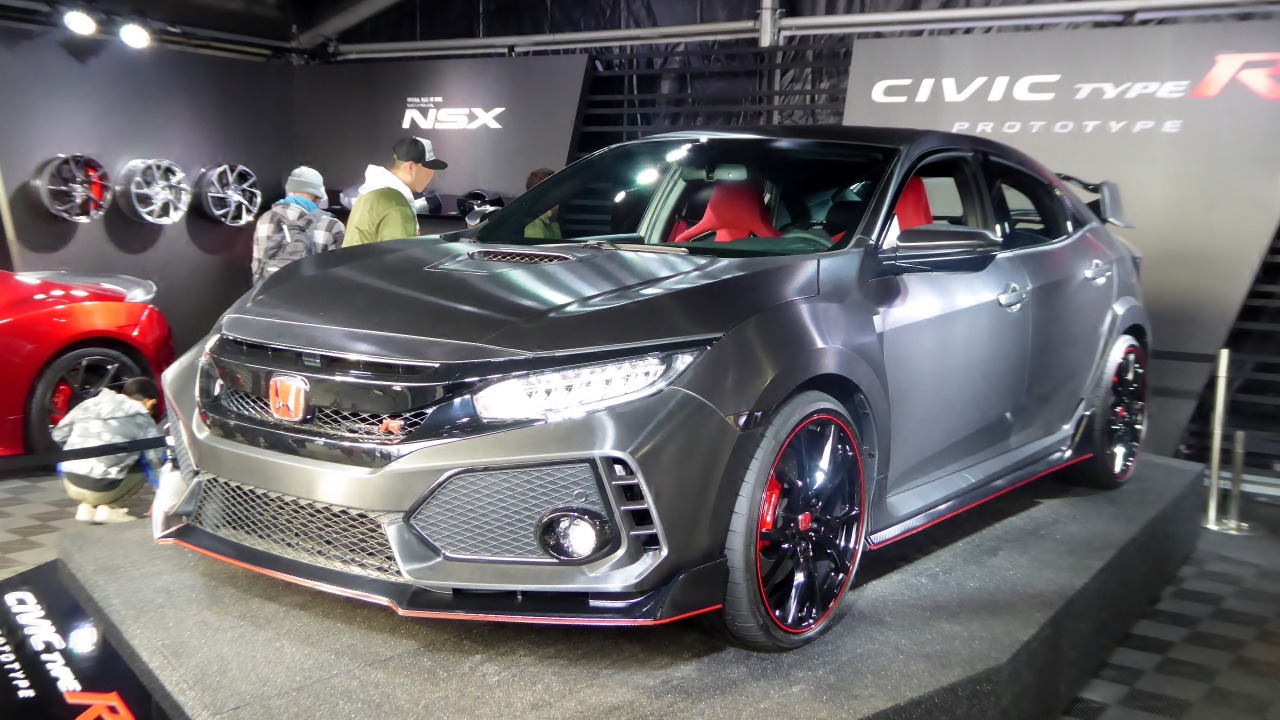
Honda’s unveiling of its next-generation Civic Hybrid prototype signifies a thoughtful, incremental evolution in design and performance. Building on the model’s legacy, the prototype showcases subtle refinements that enhance drivability and efficiency for everyday use. This approach solidifies the Civic’s position as a benchmark in the compact hybrid segment, striking a balance between familiarity and forward-thinking updates.
Prototype Design Refinements
The Honda Civic Hybrid prototype carries forward the brand’s evolutionary styling cues. The updated front fascia and aerodynamic tweaks maintain the car’s recognizable silhouette while improving airflow. These exterior modifications not only enhance the aesthetic appeal but also contribute to the vehicle’s performance efficiency. The interior has also seen significant enhancements, with revised materials and integrated infotainment systems. These changes prioritize user comfort without alienating existing fans. The prototype’s chassis updates contribute to a more planted feel on varied road surfaces, further enhancing the driving experience. For a detailed look at these design refinements, you can check out the first-drive observations.
Hybrid Powertrain Evolution
The next-generation Civic’s hybrid system has seen significant updates. The seamless blend of the 2.0-liter engine and electric motor ensures refined power delivery. Efficiency gains are evident, with projected EPA ratings that build on prior models. These claims are supported by real-world testing data from the prototype drive. The theme of “incremental evolution” is evident in the torque improvements that enhance low-end responsiveness. This evolution, as detailed in the November 6, 2025, coverage, ensures a smooth and efficient driving experience.
Driving Dynamics and Handling
The prototype’s suspension tuning offers a compliant yet engaging ride, as experienced during the first drive on twisting roads. The steering feedback and brake feel have evolved from the current Civic to provide better driver confidence in urban and highway scenarios. Noise, vibration, and harshness (NVH) reductions make the hybrid feel more premium, enhancing the overall driving experience. These insights are based on the first-drive observations made on November 6, 2025.
Fuel Economy and Efficiency Focus
The prototype’s hybrid efficiency metrics are impressive, with combined MPG figures that incrementally surpass competitors through optimized battery management. Advancements in regenerative braking play a significant role in real-world fuel savings, as observed during prototype testing under mixed driving conditions. These features reduce range anxiety for long trips, exemplifying the “done right” evolution highlighted in the November 6, 2025, reporting.
Technology and Safety Upgrades
The Civic Hybrid prototype integrates advanced driver-assistance systems (ADAS), such as enhanced Honda Sensing with adaptive cruise control refinements. Connectivity features like wireless Apple CarPlay and updated digital displays streamline the driving interface. These tech evolutions support safer, more intuitive operation, as demonstrated in the first-drive perspective from November 6, 2025.
Market Positioning and Competition
The next-generation Civic Hybrid stands strong against rivals like the Toyota Corolla Hybrid. Honda’s incremental strategy is a strength in the compact car market, offering a compelling blend of innovation and reliability. Pricing expectations and the value proposition are informed by prototype impressions that underscore long-term ownership appeal. The overall “incremental evolution done right” assessment from the November 6, 2025, source argues its edge in balancing innovation with reliability.
More from MorningOverview